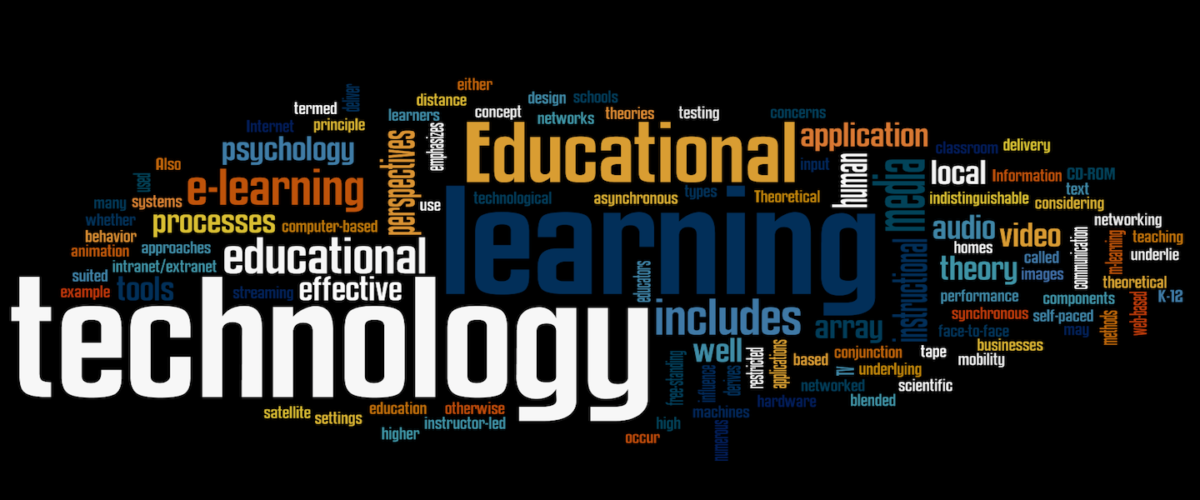It seems that every week that goes by we hear something else horrifying about the Facebook data breach (what’s the best word to use here: breach, leak, theft, or just plain use?). First, according to Cambridge Analytica, it was data from 50 million users, then, according to Facebook, it was 87 million. Then we find out that 2.7 million EU customers also had their data shared with Cambridge Analytica. Facebook suspended Cambridge Analytica. Then, it was another firm, a Canadian one this time, AggregateIQ, that was suspended by Facebook. Mark Zuckerberg is set to testify before Congress this week. Have we heard the last of the revelations in this scandal? I think not. But the bigger question is should we be surprised that this happened?
This whole scandal begets a bigger question: who are Facebook’s customers? (and for that matter who are Google’s customers?) Are the 2.something billion users the customers? You would think, but those customers don’t pay anything for the privilege of using the intellectual property developed by Facebook, Inc. They don’t pay for the servers required to hold all their pictures, videos, and musings. How does Facebook pay for all that and make Mark Zuckerberg worth almost $70 billion? Why it’s the advertisers who pay for it all, the advertisers who flood to Facebook because the data they get from Facebook allows them to target users much better than any other medium (with the exception of maybe Google). Those advertisers pay Facebook to learn all about the users: what they like and don’t like, what their beliefs are (political and otherwise), when they go online and what they buy, who their friends are and what their friends think, do and buy. The users are Facebook’s and Google’s product. They are not their customers. It’s easy for Tim Cook, the CEO of Apple, a company that’s sitting on a cash reserve of $285 billion, to wax poetically about how he wouldn’t be in Mark Zuckerberg’s place. Yes, Apple could monetize their user’s information, but they don’t need to. They manufacture products they can sell to consumers and have more cash than they know what to do with it. So hopefully it’s easier to trust Apple that they won’t breach our privacy but we had no reason ever to believe that Facebook or Google won’t.
Facebook hides from the users behind “terms of use” that run in the tens, if not hundreds, of pages of legalese. They “opt the user in” by default and then hide the options to “opt out” behind multiple, hard to find and understand menus.
We have to trust Facebook and Google with all the most private information about us. People did; until they found out that it was a lot easier to sell your data to a third party or a political campaign, or a fake news generator than they ever thought possible. Is this a watershed moment for privacy? It has the potential to be, but do people care enough about it to do something about it or is this, just like the government data theft “use,” a blip in the news cycle before things go back to business as usual?

